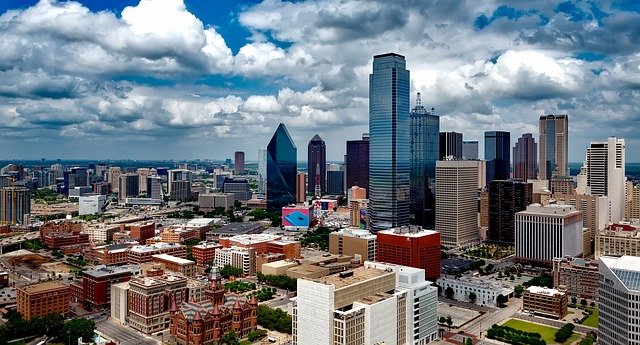By Tim Lambert
Early Texas
The Spanish mapped the coast of Texas in 1519. However, although they claimed the area the Spanish left Texas virtually untouched till the 18th century. The Spanish began building missions in Texas. One of them was The Mission San Antonio de Valero which was founded in 1718.
However, in 1810 the Mexicans rebelled against Spain. They won their freedom in 1821 and Texas became part of Mexico. The next year, 1822 the first substantial numbers of American settlers arrived in Texas. They were led by a man named Stephen F Austin. More settlers followed.
However, in 1824 a new Mexican constitution Texas combined with Coahuila to form the province of Coahuila and Texas. Yet most of the new arrivals called themselves ‘Texians’, not Mexicans and in 1830 the Mexicans banned any more US citizens from coming to Texas as they feared they would lose control of the region and they encouraged more Mexicans to settle there. The Mexicans also increased the number of soldiers in Texas to maintain control. They also banned slavery. Both measures alienated the Texans.
In 1832 and 1833 the Texans held two conventions. They demanded certain changes including that Texas be made a separate province of Mexico. In 1833 Stephen Austin went to Mexico City to present the demands to President Santa Anna. However, Austin was arrested and detained. He was released from prison and introduced a more centralized form of government.
Discontent in Texas eventually broke out into rebellion in 1835. The Mexicans tried to take back a cannon that had been given for defense against Native Americans. The Texans refused to let the Mexicans take it. Then on 2 October 1835, the Texans won the battle of Gonzales against the Mexicans. The Texans attacked and the Mexicans withdrew to San Antonio. The Texans pursued them. On 11 December 1835, the Texans captured San Antonio. Then on 2 March 1836, they declared independence. On 6 March 1836, a Mexican army captured The Alamo and killed the defenders.
However, on 21 April 1836, the Texans routed the Mexicans at the Battle of San Jacinto. After the battle, the Texans captured Santa Anna, the Mexican president, and forced him to sign a treaty making Texas independent.
Sam Houston was elected president of Texas in 1836. (The city of Houston, Texas was named after him). In 1839 Austin became the capital of Texas. Finally, on 29 December 1845, Texas became part of the USA.
Modern Texas
From the middle of the 19th century, the population of Texas boomed. By 1860 the population had risen to 604,000.
However, in 1861 came the civil war. In 1861 Texas ceded from The Union and joined the Confederacy. The war ended in 1865. A Union army entered Galveston on 19 June 1865. The same day General Gordon Granger announced that all slaves in Texas were free.
In the late 19th century cotton growing and cattle ranching in Texas boomed. Then in 1894 oil was discovered at Corsicana. In 1901 oil was struck at Spindletop. Afterward, the oil industry in Texas boomed. The East Texas Oil Field was discovered in 1930.

Meanwhile, by 1900 the population of Texas had risen to over 3 million. In 1950 it had passed 7.7 million and it continued to rise rapidly.
The city of Dallas, Texas was founded in the 1840s. It was granted a town charter in 1856. At first, Dallas was a small settlement. However, in the late 19th century it mushroomed.
However, on 8 September 1900, a hurricane hit Galveston, Texas. The city was devastated and between 6,000 and 8,000 people lost their lives.
However, Texas, like the rest of the world suffered during the depression of the 1930s. Texan farmers were the hardest hit. However, with the coming of the Second World War Texas boomed again. It continued to be prosperous through the 1950s and 1960s.
However, on 22 November 1963, President John F Kennedy was assassinated in Dallas, Texas.
Then in 1973 OPEC, the organization of oil-exporting countries imposed an embargo. It meant the oil industry in Texas boomed. However, in the 1980s, the price of oil fell, which hit Texas hard. However in the 1990s industry in Texas diversified. In 2024 the population of Texas was 30 million.

Last revised 2025